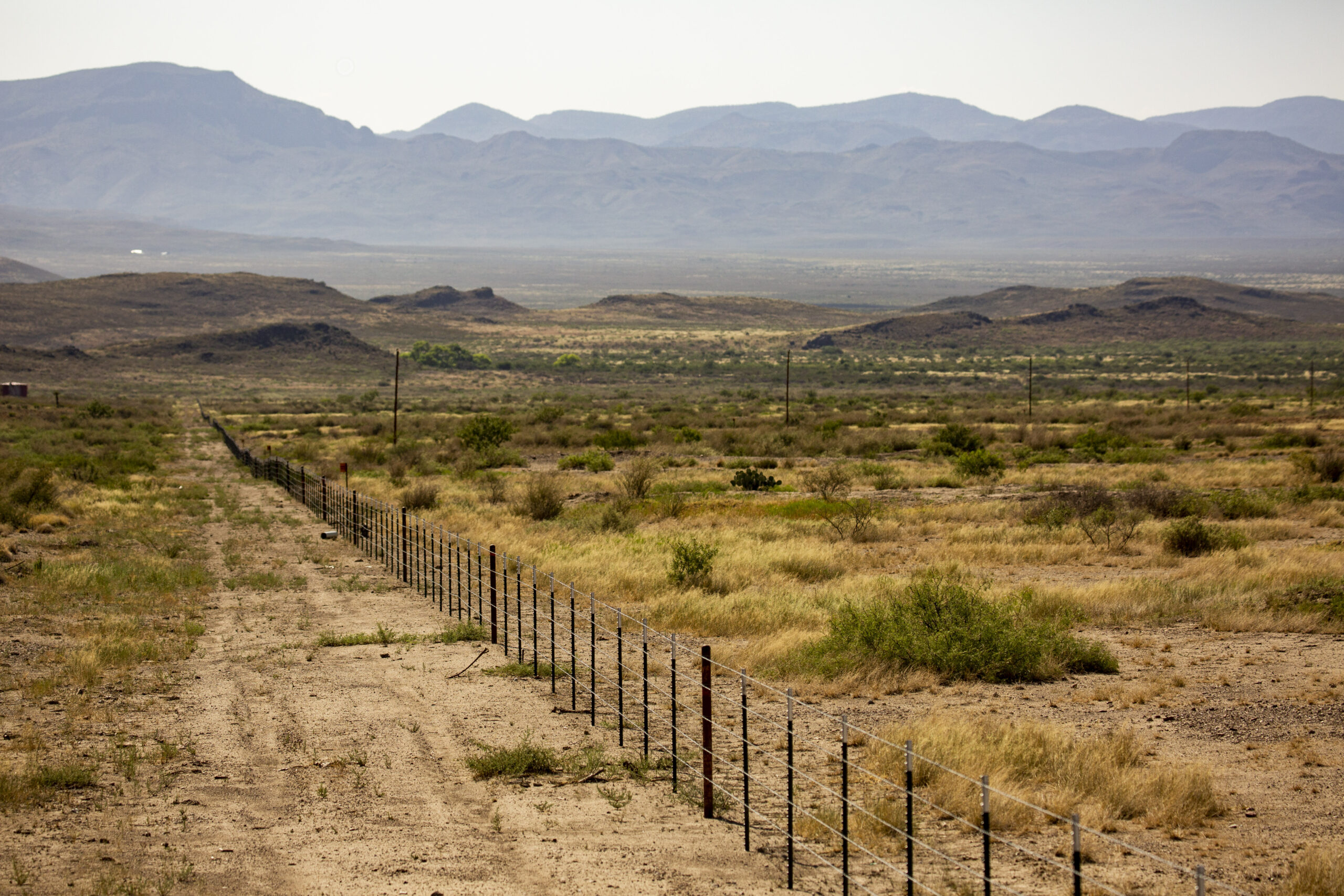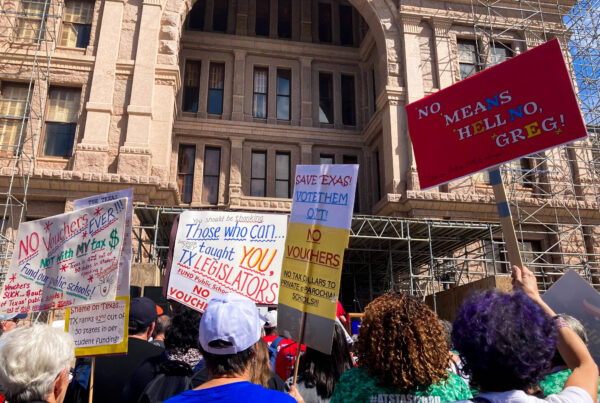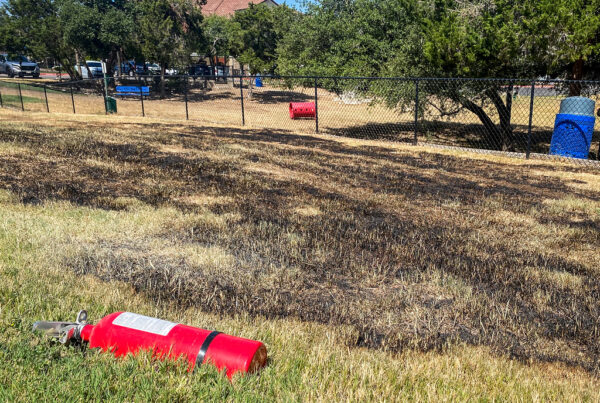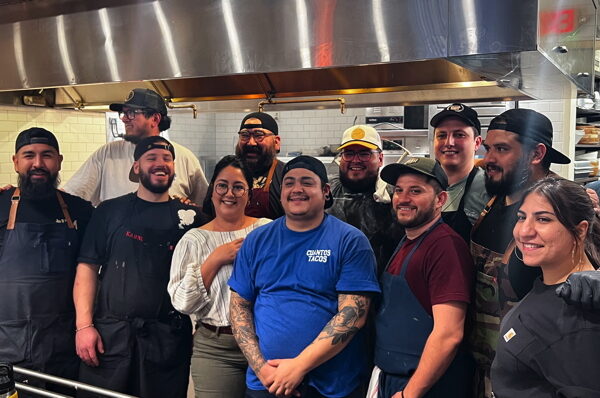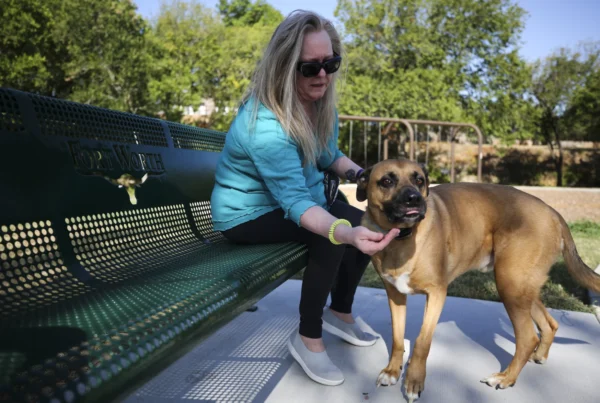In recent years, some big tracts of land have changed hands in Texas.
The transactions include the 65,000-acre Mesa Vista Ranch in North Texas, which belonged to the late T. Boone Pickens, the 6666 Ranch, purchased by ‘Yellowstone’ creator and Texan, Taylor Sheridan. And the Waggoner Ranch near Vernon – billed as the largest ranch under one fence.
There are only so many ranches of this magnitude. But somehow, they continue to hit the market at a regular rate. Tyler Jacobs, a broker and partner at Hall and Hall land company, spoke to the Texas Standard about what’s driving the trend. Listen to the interview above or read the transcript below.
This transcript has been edited lightly for clarity:
Texas Standard: One of the things your business specializes in is sales of these ultra-high value ranches. Why have more of these seen appear to be hitting the market of late?
Tyler Jacobs: I think the biggest difference is, is just generational change. And you could call it the baby boomer phenomenon or there’s probably not a truly consistent rule. But if there’s some sort of common observation, it would be just the generational change of baby boomers or maybe even the generation on the on the early end of that, that their estate planning and their purposes for owning those ranches just don’t align with the next generation. And so it’s just time to liquidate that and move on.
So who’s buying these properties? Are we talking about single investors or are we talking about people who want to divvy these ranches up and develop them?
At that scale, it’s actually it will not be people that’ll cut them up. It’ll actually be people that are buying them and add on to them and or for the most part, a fractional percent of their net worth. So most of these buyers are billionaires and it’s truly a legacy purchase. It’s security from other economic forces – kind of what we term a black box purchase. You know real estate is such a fixed asset that is relatively timeless and your wealth is not going away when you tied in a ranch.
So a lot of these buyers, they’re thinking more security, not so much actually ranching or farming. I wonder how many of them actually do Rancher farm. You know, they all seem to.
At some level, but they’re not interested in the daily work they’re interested in and the management of it. They’re interested in somewhat of the lifestyle, they’re interested in somewhat of the culture of it, and owning something that doesn’t erode or degrade or devalue. So they all have some level of interest in the ranching idea or the farming idea, but they’re certainly not the types that are generally going to get out there and get sweaty and dirty every day.
So how does marketing or selling a property like this differ from more conventional rural real estate?
Some things are the same. Some things are different. But the difference wood generally be is, is when you bring a ranch to market like that, it’s a very long process. Just the fact finding alone of understanding the assets individually and cumulatively – how that comes together as a package and then the marketing, photography, videography and title work and all those things that need to be done to make the sale actually possible takes a long ramp. It is generally a longer process of of months or even years to bring those things to the market.
It sounded like there was some fair degree of certainty in your answer – that a lot of these properties would not get divvied up and subdivided, sold as smaller lots and not?
Yeah, not in that, not in that size. Not in what everybody’s term in the mega ranches or these legacy ranches. They’re not being divided up.
Why is why is that? I mean, one of the reasons I’m a little struck by this is because demand for housing is so great that you’d think that there’d be an eager market to try to satisfy that demand. But also, these days especially doesn’t seem like there are that many people holding out money looking to buy ranches.
it is probably a little bit surprising. One of the rules in real estate is scarcity. And so there’s just not that many of those true legacy holdings that are available to be purchased. There are some of these ranches that wouldn’t be sold at any price. And when you get an opportunity to buy a ranch like that, you’re adding to your personal legacy. It is a secure investment. But it’s not necessarily an investment that you’re looking to cash in. And so while dividing it may prove profitable in the short term, these buyers are generally looking for that legacy ownership that is going to be in the same folder for a very long time. And it’s interesting and that’s what makes it so newsworthy, is because when they do sell, it’s newsworthy. And it’s an event. It’s an event.
Is it is it just us or are you also seeing more of these properties hit the market of late?
The market’s changing every day. And there’s still some big properties that are on the market that have been on the market for a while. You will continue to see bigger ones come to market. And part of it is the contemplation of, hey, we’ve seen these other legacy ranches sell. Is now the right time for us to sell? And sometimes that decision making process just takes a long time for a for a right a family that that may be scattered across the country or a board that is scattered across the country in that decision making process can just take a long time. So you will continue to see bigger ranges come to the market. I think what’s different is in our generations, it’s just a whole lot more public thing. 50 years ago, these ranches selling was were not newsworthy for a number of reasons. And now when they sell, it’s newsworthy because of the of the personalities involved, the stories and the histories involved in the ranches and the amount of money that that that we’re talking about trading.


